For starters this happens from time to time. Today we address the no.1 cause of sleepless nights for most newbie traders risking their hard earned money in the markets especially when it comes to a margin call what is it and how can you avoid it?
FEBRUARY 13, 2022 / INVESTING / ONLINE TRADING
Explaining the Minimum Margin
(Margin call what is its main trigger ?!)
The “regular” margin call, in which the broker requests additional cash when the capital in the user’s account falls below certain necessary levels, is familiar to many seasoned margin investors. The broker will usually give you around 2 to 5 days to respond to the call.
A margin account customer’s minimal margin is the amount of money that must be placed with the broker. You can borrow up to a specified percentage of the transaction’s buying price once your margin account has indeed been authorized and financed.
https://youtu.be/FrCZ9QaRCpk
Because of the leverage provided by trading using borrowed money, you can take bigger positions than you might with cash; as a result, trading on margin magnifies both gains and losses.
You must, however, repay the money granted upon you by your brokerage, just as you would any other loan. The exchanges that provide various shares and contracts often determine the minimum margin requirements.
Changes in volatility, geopolitical issues, and supply and demand adjustments all have an impact on the requirements. The starting margin is the amount of money you must spend out of your own pocket (not borrowed money) to begin a position.
The least value which must be preserved inside a margin account is called maintenance margin. The minimum maintenance margin is often established at 25% of the value of securities owned.
It’s worth noting that federal restrictions, referred to as Reg. T, stipulate that a total of 50% of the value of assets held must be guaranteed by funds in the account for initial margin transactions.
Importance of Buying on Margin.
Buying on margin allows investors to increase their purchasing power without having to have cash on hand. It is, in essence, a financing from the brokerage house, with the stock in the account serving as collateral.
Typically, a trader uses his own money as well as the broker’s money. The margin is the amount that the broker loans the investors at the period of the trade. After a trade is completed, a trader is required to keep a minimum amount in his margin account, which is referred to as Maintenance Margin.
The brokerage will need a cash deposit when you start a margin account. The cash deposit, along with the firm’s loan, is then used to purchase securities.
If the value of your investment increases, you can sell it, pay off the loan with interest, and keep the profit. If the value of the asset drops, the brokerage firm has the option to call in the loan and demand immediate repayment.
To make this payment, you must either have additional cash on hand, sell investments outside of the margin account, or sell the investments inside the margin account and make up the difference in cash. Which now brings us to the answer of our main question
Margin call What is it exactly?!
When the amount falls below the minimum maintenance amount, the broker requests that the trader deposit additional funds. This is referred to as a “Margin Call.” The broker’s request that an investor deposit additional funds or securities into the account to bring it up to the required value, known as the maintenance margin. If they are still unable to add more funds or securities, the broker will force the traders to close out their active positions in order to restore their account to the required level.

This is referred to as a forced sale or liquidation. Your brokerage firm has the authority to liquidate positions without your permission and can choose which positions to liquidate.
Furthermore, your brokerage firm may charge you a commission for the transaction(s) as well as any interest due on the loaned funds.
You are liable for any losses incurred during this process, & your brokerage may sell enough shares or contracts to exceed the preliminary margin requirement. Forced liquidations typically occur after a broker has issued a warning about an account’s under-margin status.
If the account holder fails to meet the margin requirements, the broker has the option to liquidate the current positions. In the EU, you cannot be forced to compensate the broker for additional losses. However, laws vary from country to country, and you may be held responsible for this. If it really hits the fan, they will legally pursue you.
Practical Illustration of Forced selling :
Let’s say we, World Money Group, are your broker and we change our minimum margin requirement from 1,000$ to 2,000$, your margin account with a stock value of 1,500$ now falls below the new requirement. We would issue a margin call to you, requiring you to either deposit additional cash or sell some of your open positions in order to bring your account value up to the maintenance margin level. If you do not respond to the margin call, then we as your broker have the right to sell $500 of your current investments.
When the investor’s capital, as a percent of the overall market value of securities, falls well below that percentage requirement, known as the maintenance margin, a margin call is issued.
The New York Stock Exchange (NYSE) and the Financial Industry Regulatory Authority (FINRA), for example, require investors to keep at least 25% of the total value of their securities as margin. This varies between brokerages, but most of the time they will require a higher maintenance margin, possibly as much as 30 percent to 40 percent.
The Aftermath of a Margin Call.
1. Negative Credit Report
Brokerage firm loans aren’t any different than money lent by other lending institutions. If you fail to repay on your margin loans, the brokerage will file a negative report with the credit bureaus, making it difficult to obtain a future loan. Furthermore, even if you are able to obtain a loan, it may be more expensive because poor credit risks are usually billed at a higher interest rate.
2. Future Margin Accounts
Because of the negative credit report, you may have difficulty accessing a margin account in the future. Depending on the standards of the brokerage firm, you may be able to obtain a margin account only by making a massive cash deposit and/or consenting to a high rate of interest, whereas other firms may simply dismiss your request.
3. Other Possible Consequences
Unpaid margin loans from your brokerage firm, like any other loan, can result in legal action being taken against you. If you have other investments at the brokerage firm, you may be forced to sell them in order to pay off the margin debt. Alternatively, the firm can sell those other investments to cover the loan without your permission.
Avoiding Margin Calls
1. Using Stop Limits
If you use a margin account, the best way to avoid margin calls is to simply use protective stop orders to mitigate risk from any equity positions, as well as keep sufficient money and securities in the account. This may appear to be very simple, but as absurd as it may sound, we have seen traders trade without putting in the risk parameters.
They could be trading news or during the news and don’t want to be stopped out due to the wide spreads that occur due to the increased volatility of a news release. As a result, they usually end up blowing their account if the trade goes against them or significantly increasing their balance if it moves in their favor.
Position traders are another example. Position traders who trade on the daily timeframe have a habit of trading without a stop loss.
What motivates them to act in this manner?
The simple answer is that the market moves slower when positions are entered on higher time frames. Because the trader is using the daily timeframe to make his entries, the candles require an entire day to close before the signal of the trades bias can be clear, so even if the candlestick closes against the traders bias, it will not move enough to hurt the level they have mentally marked as their stop loss placement.
However, markets are not perfect, and traders can still get burned if the fundamentals of the underlying securities they are trading experience a sudden drastic shift, triggering a quick large movement against their bias, such as when the Swiss franc soared past the euro overnight just after Swiss National Bank (SNB) suddenly decided to abandon its limit on the CHF’s value versus the EUR.

Note: this incident affected forex traders and their trading accounts are structured differently than margin brokerage accounts but it’s just an example of how things can suddenly take a turn for the worst.
Another very famous example is the $230 billion stock crash at Facebook, which occurred towards the end of January 2022. This followed Facebook’s poor quarterly earnings report, which revealed dwindling user numbers and rising expenses tied to the company’s metaverse initiative. Meta, the parent company of Facebook, has seen its stock drop by more than 25%. This was the company’s poorest trading session in history, and it was a stark sign of a social media shift that has seen a large number of Facebook users abandon the platform.
2. Cash Only Accounts
Another option is to open a cash-only account with your brokerage institution to prevent margin calls. Apart from being somewhat more inconvenient, it means you won’t be able to build up margin debt since securities must be paid in whole in cash at the time of purchase.
They’re easy to understand. You can fund your brokerage account by transferring funds directly from your bank account, but you can also mail a check. You’ll certainly have a few options after the funds are with your brokerage: Some brokerages keep cash in a money market fund, which has low returns but low risk and allows you to access your money should you need it.
It’s similar to a savings account in that it allows you to access cash when you really need it, but it pays higher interest than that for a checking account. Additional brokerages may use a variety of other cash management options, such as a checking account that’s also linked directly to your investment account.
However, regardless of how the brokerage manages the money, the end purpose is the same: to allow you to invest it in the stock market. You can then buy whichever securities are suitable for your portfolio once you’ve loaded money into your brokerage account.
Cash Brokerage Account Vs Margin Brokerage Account
For simplicity purposes a cash brokerage account is like a debit card; this means it lets you buy securities with only the amount of money you already have, nothing more, nothing less. However a margin account is equivalent to a credit card where you can buy securities with borrowed money, and pay the lender back later.
Trading “on margin,” on the other hand, is a sophisticated trading approach. However, most new traders are unaware of this, thanks to the introduction of new, simple-to-use investment tools that have reduced the mystery surrounding margin accounts and made them much more accessible than they had been previously. Margin accounts aren’t for you if you’d prefer to have a hands-off, long-term investing framework in place. Margin trading carries a far greater risk than cash accounts. It’s possible to lose a lot of money than you put in.
Risks Involved
With a cash brokerage account, you’ll be exposed to the usual risks associated with purchasing any security. If you invest $5,000 in a stock and the price drops 20%, your asset will lose $1,000 in value. Your losses, like your earnings, are magnified when you trade on margin. So, if you have $5,000 to invest and borrow $5,000 to purchase $10,000 in shares, and the shares price drops 20%, the shares will lose $2,000 in value.
Yes, margin accounts have a bigger potential for returns than cash accounts, but they also have a much higher chance of losing money. Even a generally solid investment might be shattered by big price swings that come out of nowhere. And if you’re utilizing leverage at the same time, it’s a recipe for disaster.




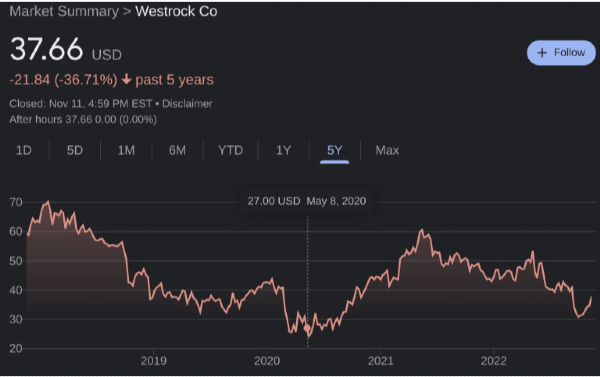

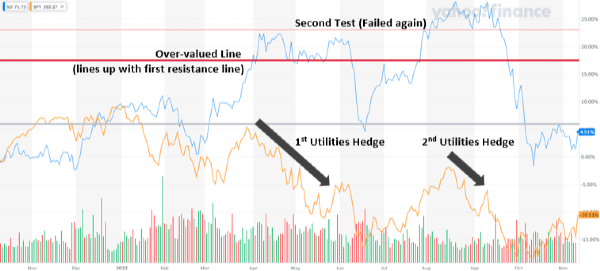



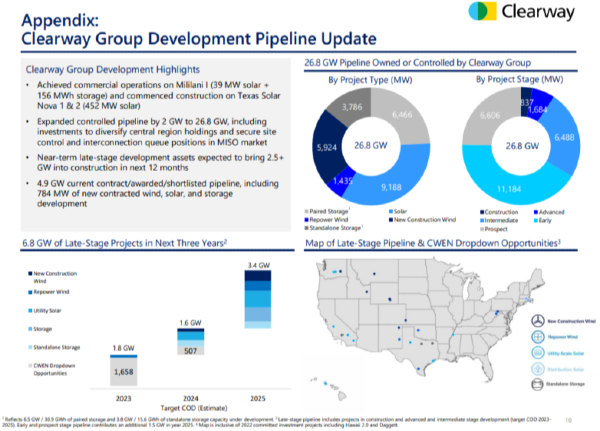
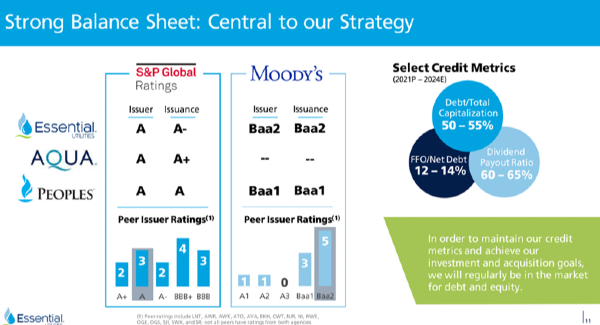
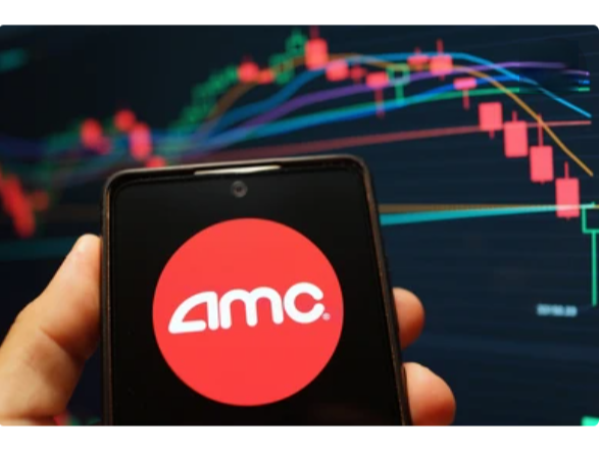

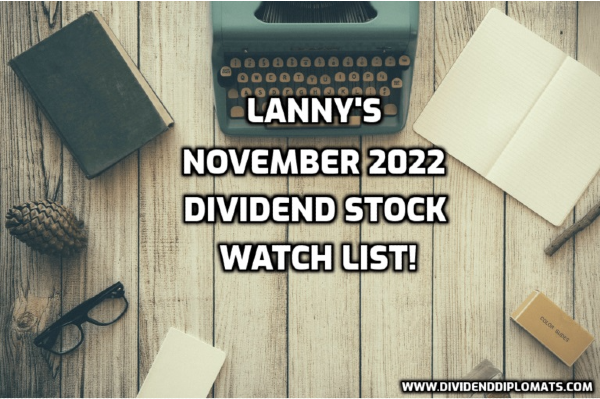


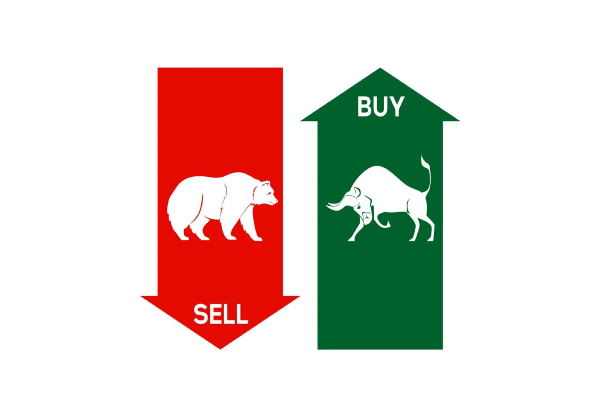

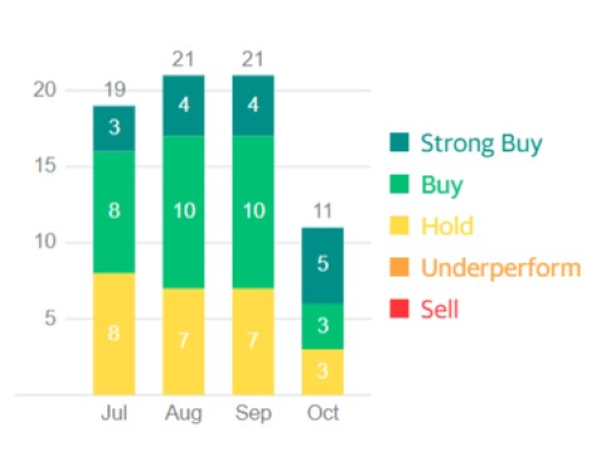







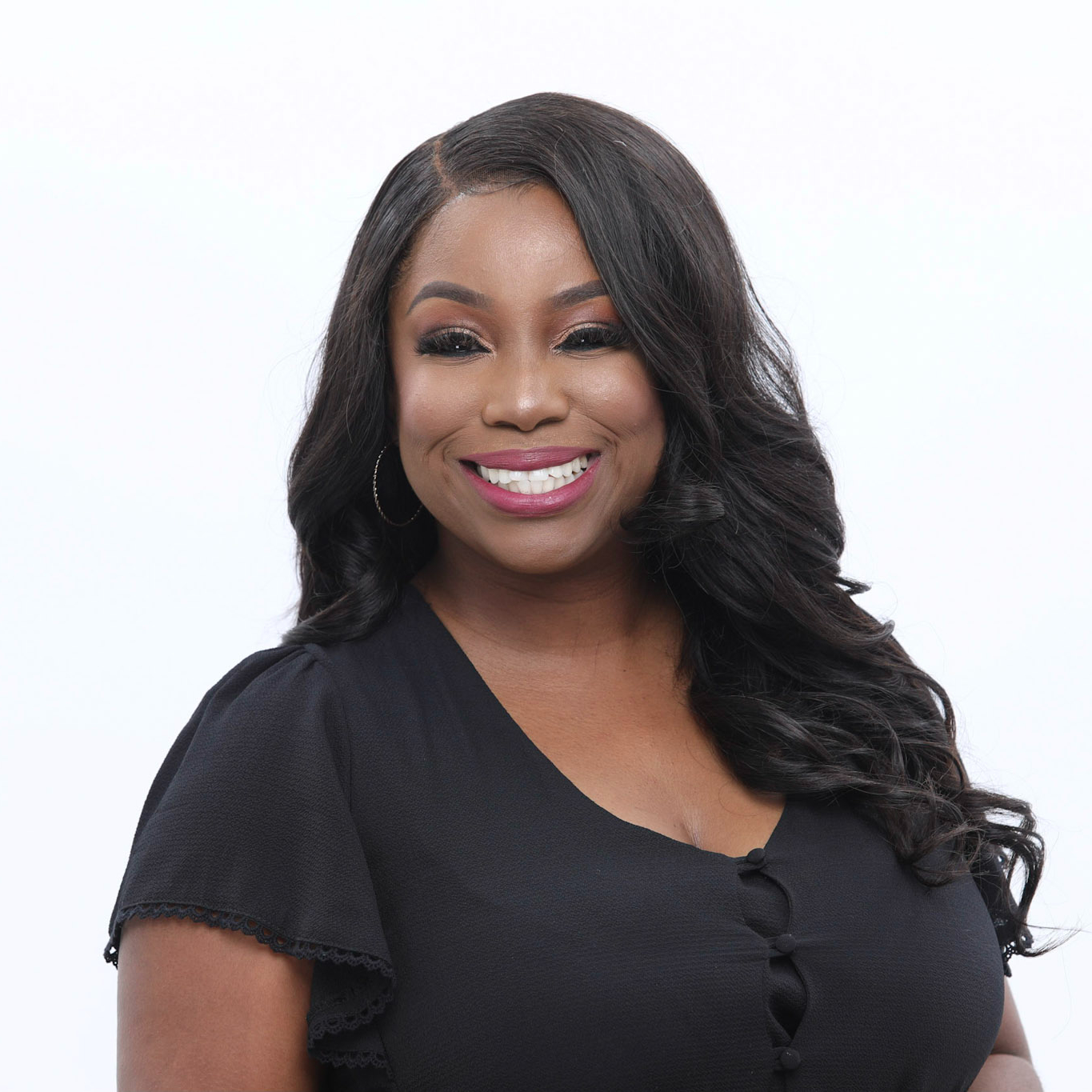
For starters this happens from time to time. Today we address the no.1 cause of sleepless nights for most newbie traders risking their hard earned money in the markets especially when it comes to a margin call what is it and how can you avoid it?
FEBRUARY 13, 2022 / INVESTING / ONLINE TRADING
Explaining the Minimum Margin
(Margin call what is its main trigger ?!)
The “regular” margin call, in which the broker requests additional cash when the capital in the user’s account falls below certain necessary levels, is familiar to many seasoned margin investors. The broker will usually give you around 2 to 5 days to respond to the call.
A margin account customer’s minimal margin is the amount of money that must be placed with the broker. You can borrow up to a specified percentage of the transaction’s buying price once your margin account has indeed been authorized and financed.
https://youtu.be/FrCZ9QaRCpk
Because of the leverage provided by trading using borrowed money, you can take bigger positions than you might with cash; as a result, trading on margin magnifies both gains and losses.
You must, however, repay the money granted upon you by your brokerage, just as you would any other loan. The exchanges that provide various shares and contracts often determine the minimum margin requirements.
Changes in volatility, geopolitical issues, and supply and demand adjustments all have an impact on the requirements. The starting margin is the amount of money you must spend out of your own pocket (not borrowed money) to begin a position.
The least value which must be preserved inside a margin account is called maintenance margin. The minimum maintenance margin is often established at 25% of the value of securities owned.
It’s worth noting that federal restrictions, referred to as Reg. T, stipulate that a total of 50% of the value of assets held must be guaranteed by funds in the account for initial margin transactions.
Importance of Buying on Margin.
Buying on margin allows investors to increase their purchasing power without having to have cash on hand. It is, in essence, a financing from the brokerage house, with the stock in the account serving as collateral.
Typically, a trader uses his own money as well as the broker’s money. The margin is the amount that the broker loans the investors at the period of the trade. After a trade is completed, a trader is required to keep a minimum amount in his margin account, which is referred to as Maintenance Margin.
The brokerage will need a cash deposit when you start a margin account. The cash deposit, along with the firm’s loan, is then used to purchase securities.
If the value of your investment increases, you can sell it, pay off the loan with interest, and keep the profit. If the value of the asset drops, the brokerage firm has the option to call in the loan and demand immediate repayment.
To make this payment, you must either have additional cash on hand, sell investments outside of the margin account, or sell the investments inside the margin account and make up the difference in cash. Which now brings us to the answer of our main question
Margin call What is it exactly?! When the amount falls below the minimum maintenance amount, the broker requests that the trader deposit additional funds. This is referred to as a “Margin Call.” The broker’s request that an investor deposit additional funds or securities into the account to bring it up to the required value, known as the maintenance margin. If they are still unable to add more funds or securities, the broker will force the traders to close out their active positions in order to restore their account to the required level.
This is referred to as a forced sale or liquidation. Your brokerage firm has the authority to liquidate positions without your permission and can choose which positions to liquidate.
Furthermore, your brokerage firm may charge you a commission for the transaction(s) as well as any interest due on the loaned funds.
You are liable for any losses incurred during this process, & your brokerage may sell enough shares or contracts to exceed the preliminary margin requirement. Forced liquidations typically occur after a broker has issued a warning about an account’s under-margin status.
If the account holder fails to meet the margin requirements, the broker has the option to liquidate the current positions. In the EU, you cannot be forced to compensate the broker for additional losses. However, laws vary from country to country, and you may be held responsible for this. If it really hits the fan, they will legally pursue you.
Practical Illustration of Forced selling : Let’s say we, World Money Group, are your broker and we change our minimum margin requirement from 1,000$ to 2,000$, your margin account with a stock value of 1,500$ now falls below the new requirement. We would issue a margin call to you, requiring you to either deposit additional cash or sell some of your open positions in order to bring your account value up to the maintenance margin level. If you do not respond to the margin call, then we as your broker have the right to sell $500 of your current investments.
When the investor’s capital, as a percent of the overall market value of securities, falls well below that percentage requirement, known as the maintenance margin, a margin call is issued.
The New York Stock Exchange (NYSE) and the Financial Industry Regulatory Authority (FINRA), for example, require investors to keep at least 25% of the total value of their securities as margin. This varies between brokerages, but most of the time they will require a higher maintenance margin, possibly as much as 30 percent to 40 percent.
The Aftermath of a Margin Call.
1. Negative Credit Report Brokerage firm loans aren’t any different than money lent by other lending institutions. If you fail to repay on your margin loans, the brokerage will file a negative report with the credit bureaus, making it difficult to obtain a future loan. Furthermore, even if you are able to obtain a loan, it may be more expensive because poor credit risks are usually billed at a higher interest rate.
2. Future Margin Accounts Because of the negative credit report, you may have difficulty accessing a margin account in the future. Depending on the standards of the brokerage firm, you may be able to obtain a margin account only by making a massive cash deposit and/or consenting to a high rate of interest, whereas other firms may simply dismiss your request.
3. Other Possible Consequences Unpaid margin loans from your brokerage firm, like any other loan, can result in legal action being taken against you. If you have other investments at the brokerage firm, you may be forced to sell them in order to pay off the margin debt. Alternatively, the firm can sell those other investments to cover the loan without your permission.
Avoiding Margin Calls
1. Using Stop Limits If you use a margin account, the best way to avoid margin calls is to simply use protective stop orders to mitigate risk from any equity positions, as well as keep sufficient money and securities in the account. This may appear to be very simple, but as absurd as it may sound, we have seen traders trade without putting in the risk parameters.
They could be trading news or during the news and don’t want to be stopped out due to the wide spreads that occur due to the increased volatility of a news release. As a result, they usually end up blowing their account if the trade goes against them or significantly increasing their balance if it moves in their favor.
Position traders are another example. Position traders who trade on the daily timeframe have a habit of trading without a stop loss.
What motivates them to act in this manner?
The simple answer is that the market moves slower when positions are entered on higher time frames. Because the trader is using the daily timeframe to make his entries, the candles require an entire day to close before the signal of the trades bias can be clear, so even if the candlestick closes against the traders bias, it will not move enough to hurt the level they have mentally marked as their stop loss placement.
However, markets are not perfect, and traders can still get burned if the fundamentals of the underlying securities they are trading experience a sudden drastic shift, triggering a quick large movement against their bias, such as when the Swiss franc soared past the euro overnight just after Swiss National Bank (SNB) suddenly decided to abandon its limit on the CHF’s value versus the EUR.
Note: this incident affected forex traders and their trading accounts are structured differently than margin brokerage accounts but it’s just an example of how things can suddenly take a turn for the worst.
Another very famous example is the $230 billion stock crash at Facebook, which occurred towards the end of January 2022. This followed Facebook’s poor quarterly earnings report, which revealed dwindling user numbers and rising expenses tied to the company’s metaverse initiative. Meta, the parent company of Facebook, has seen its stock drop by more than 25%. This was the company’s poorest trading session in history, and it was a stark sign of a social media shift that has seen a large number of Facebook users abandon the platform.
2. Cash Only Accounts Another option is to open a cash-only account with your brokerage institution to prevent margin calls. Apart from being somewhat more inconvenient, it means you won’t be able to build up margin debt since securities must be paid in whole in cash at the time of purchase.
They’re easy to understand. You can fund your brokerage account by transferring funds directly from your bank account, but you can also mail a check. You’ll certainly have a few options after the funds are with your brokerage: Some brokerages keep cash in a money market fund, which has low returns but low risk and allows you to access your money should you need it.
It’s similar to a savings account in that it allows you to access cash when you really need it, but it pays higher interest than that for a checking account. Additional brokerages may use a variety of other cash management options, such as a checking account that’s also linked directly to your investment account.
However, regardless of how the brokerage manages the money, the end purpose is the same: to allow you to invest it in the stock market. You can then buy whichever securities are suitable for your portfolio once you’ve loaded money into your brokerage account.
Cash Brokerage Account Vs Margin Brokerage Account For simplicity purposes a cash brokerage account is like a debit card; this means it lets you buy securities with only the amount of money you already have, nothing more, nothing less. However a margin account is equivalent to a credit card where you can buy securities with borrowed money, and pay the lender back later.
Trading “on margin,” on the other hand, is a sophisticated trading approach. However, most new traders are unaware of this, thanks to the introduction of new, simple-to-use investment tools that have reduced the mystery surrounding margin accounts and made them much more accessible than they had been previously. Margin accounts aren’t for you if you’d prefer to have a hands-off, long-term investing framework in place. Margin trading carries a far greater risk than cash accounts. It’s possible to lose a lot of money than you put in.
Risks Involved With a cash brokerage account, you’ll be exposed to the usual risks associated with purchasing any security. If you invest $5,000 in a stock and the price drops 20%, your asset will lose $1,000 in value. Your losses, like your earnings, are magnified when you trade on margin. So, if you have $5,000 to invest and borrow $5,000 to purchase $10,000 in shares, and the shares price drops 20%, the shares will lose $2,000 in value.
Yes, margin accounts have a bigger potential for returns than cash accounts, but they also have a much higher chance of losing money. Even a generally solid investment might be shattered by big price swings that come out of nowhere. And if you’re utilizing leverage at the same time, it’s a recipe for disaster.
Originally Posted in World Money Group